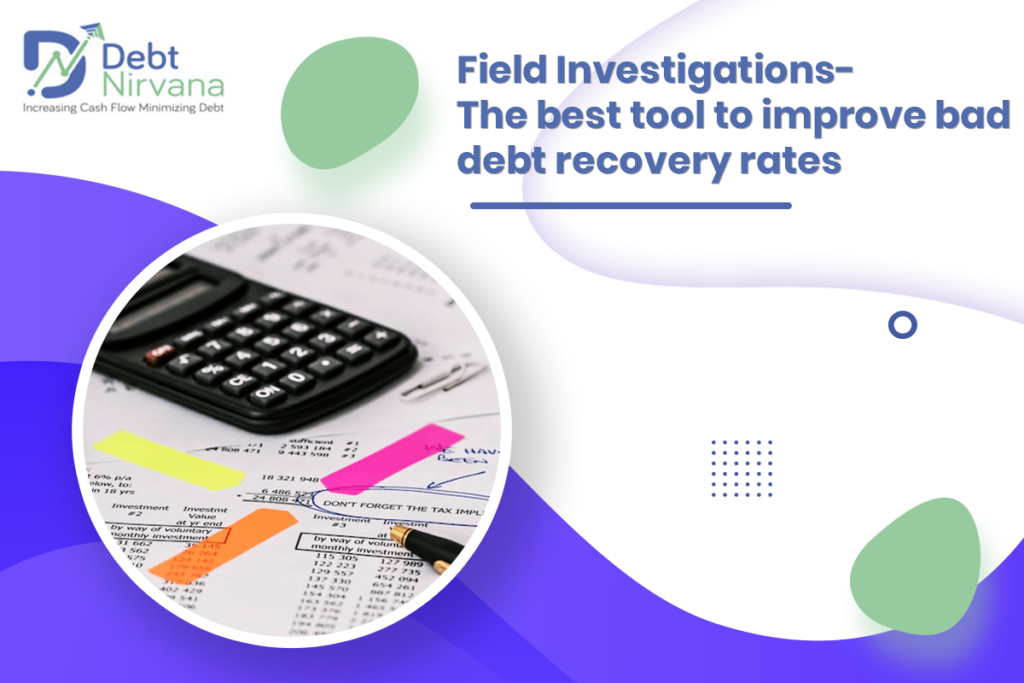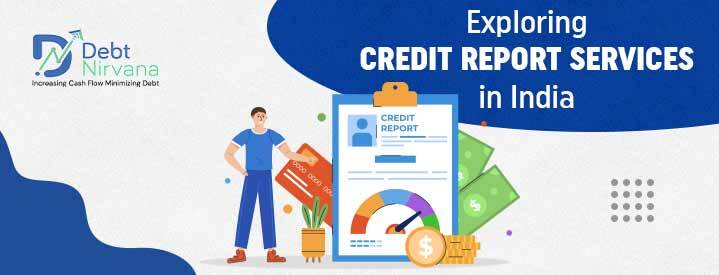
Field Investigations- The Best Tool to Improve Bad Debt Recovery Rates
Develop a more focused debt collection strategy to reduce costs, save time, and maximize resources. See how field investigation can help you improve your debt management and recovery options:
1. Locate hard to find Debtors
Get the latest contact information for your most difficult debtor. The field visits often refresh its extensive database of customer and business information, allowing you to find, contact and collect unpaid debts.
2. Collection priority and strategy
Improve collection efforts and make your accounts accessible by identifying accounts with the highest payout capacity, analyzing industry trends, and testing new strategies. The experiment’s advanced scoring and segmentation tools connect you to overall portfolio intelligence, while our ongoing portfolio monitoring helps to accelerate debt collection.
3. Monitor unpaid debts
Find out which customers are outstanding with dilligence checks. We inspect your debtor accounts and let you know that when the customer’s ability to pay has improved, you can return to work immediately and deposit the unpaid balance.
4. Storage management system
A comprehensive storage system is important to keep your company’s solvent. Storage is an integrated debt management system that includes data connectivity, decisions, workflow and self-service capabilities that can be managed by business users. The result is a more efficient, customer-centric collection process that makes it more difficult for valued customers and recipients of difficult debts while retrieval increases and costs decreases.
5. Follow-up tracking
Lenders often quarrel with customers over ways to pay off debts before resorting to extreme measures such as legal intervention. Using a scheduled payment reminder, such as SMS text and email, is an easy way to follow up with the recipient. When a debt collector contacts an offending customer, they need to keep additional contacts on a strict schedule. Systematic follow-up of the accounts of the borrowers strengthens the customer’s sense of seriousness and urgency. Thus, follow-up tracking is a less aggressive approach to recover debt quickly and consistently from borrowers.
6. Debt Recovery Use analytics and accountable scores
The way lenders feel about unpaid accounts needs to change. Instead of recovering from them and referring to them as bed bad debts. they need to focus on the right cycle of recovery. Good results can be achieved by following a holistic approach using debit recovery analytics and account receivable scores. To prioritize criminal accounts, the lender must apply analyses that return both the probability of recovery and the financial amount to be recovered.




